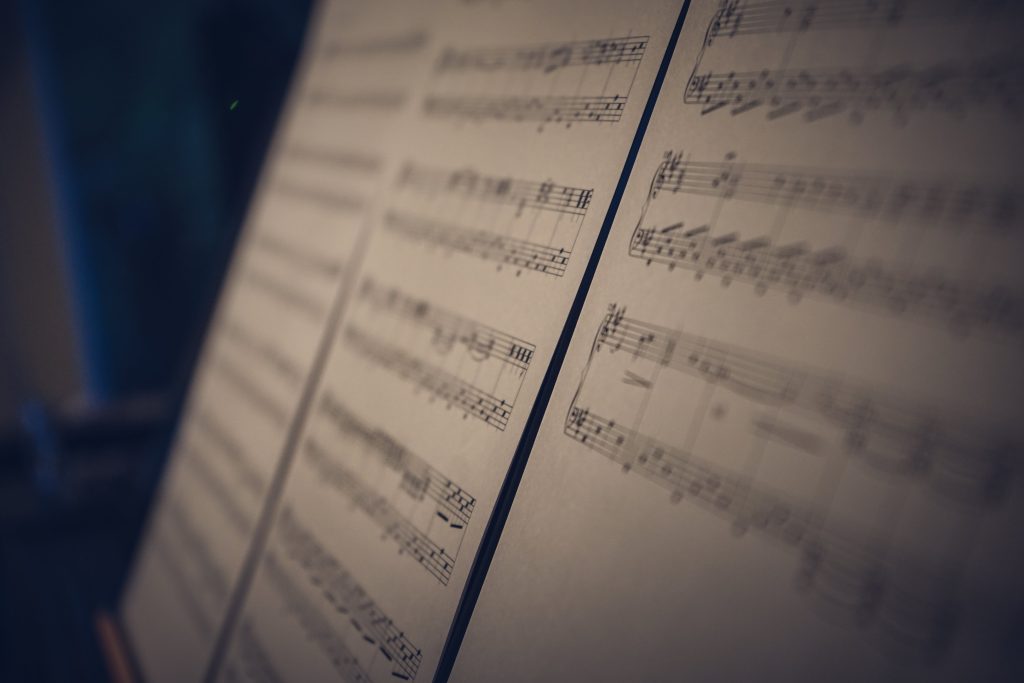
Music has a wonderful capacity to convey emotions and reach the core of ourselves. It is a universal language that cuts over cultural divides. The foundation of a musical performance is composed pieces, but there is also a fascinating and thrilling field known as musical improvisation.
- Understanding Musical Improvisation.
- The Significance of Improvisation in Music.
- Techniques and Approaches in Improvisation.

The act of creating music on the spot, without the use of written notes or prearranged arrangements, is known as musical improvisation. It enables musicians to accept their creative inclinations and liberate themselves from the limitations of written compositions. In improvisation, musicians rework and enhance preexisting melodies or compose whole new musical passages in a variety of musical genres, such as jazz, blues, rock, and even classical music.

Creative Expression: Musicians can express their musical voices and ideas through improvisation. Through experimenting with various melodies, rhythms, and harmonies, improvisers can produce moments of unadulterated artistic genius that highlight their uniqueness and inventiveness.
Spontaneity and Unpredictability: Musical performances are enhanced by the element of surprise and thrill that comes with improvisation. It gives performers the freedom to react impromptu to the intensity of the moment, fostering a feeling of intimacy and connection with the listener.
Musical Communication: Performers who improvise together develop a deep degree of musical communication. It promotes attentive listening, teamwork, and the capacity to react and communicate with other musicians in a live environment with ease, culminating in a distinctive musical conversation.
Personal Growth and Musical Development: Engaging in improvisation enhances musicians’ technical proficiency, harmonic knowledge, and overall musicality. It challenges them to think on their feet, develop their ear-training skills, and expand their musical vocabulary, leading to personal growth and artistic development.
Melodic Variation: One of the fundamental techniques in improvisation is melodic variation. This involves taking a given melody and embellishing it with ornaments, trills, and other melodic devices to create a fresh and exciting rendition.
Chordal Substitution: A commonly used technique in jazz improvisation, chordal substitution involves replacing a specific chord or sequence of chords with alternative harmonies that add tension, color, and harmonic interest.
Motif Development: Developing a musical motif, a short melodic or rhythmic idea, is another effective approach in improvisation. Musicians take a simple motif and expand upon it, transforming it into a more complex and dynamic musical statement.
Call and Response: The call and response technique involves a musical conversation between different instruments or sections within a band or ensemble. One musician presents a musical phrase, and others respond with their musical ideas, creating a dynamic interplay.


